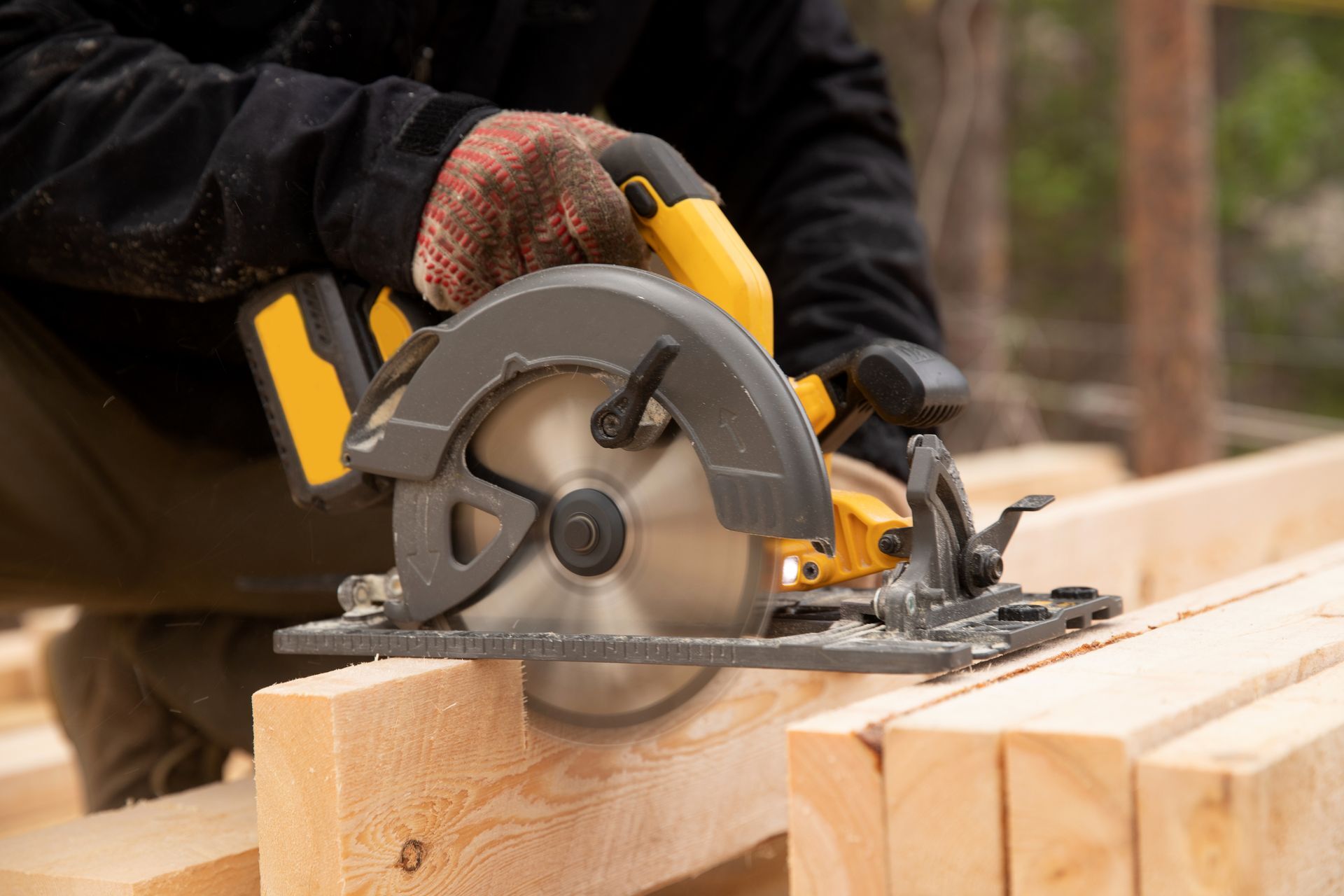How to Choose the Best Circular Saw Blade for Wood Cutting
Apr 21st 2025
Not all blades can handle a rough project. You need to choose the right Circular Saw Blade because it can either make or break the quality of your work. From tooth count to blade type, every feature plays a key role in defining the quality of the cuts.
Here’s what to look for when buying the right circular saw blade for cutting wood;

Type of Material
The first thing you need to see is the type of material you wish to cut. Wood comes in many forms; softwood, hardwood, and engineered wood. It is important to match the blade with the material’s needs to ensure clean and precise cuts.
While softwood is easier to cut, hardwood requires a blade with harder tips and a bigger teeth count. As for engineered wood, it dulls the blade quickly and needs a circular saw blade with coating or carbides.
Type of Cut Required
Another important thing to remember is that each cut requires different blade specifications. You have the rip cuts, the cross cuts, and the combination cuts.
If you don’t choose the right blade based on the cut type, there’s a lot of material that can go to waste and the equipment overheats quickly which in turn impacts the blade life.
Tooth Count and Configuration
Teeth count and shape of a blade are an important part of the cutting process and directly affects the cutting speed and the finish quality.
Some of the teeth configurations are ATB, FTG, and TCG. ATB or Alternate Top Bevel is used for general woodcutting for a sharp and clean cut. They are suitable for crosscutting and ripping. Flat Top Grind or FTG is generally used for fast ripping cuts while ATBR or Combination is a good all-rounder for DIY projects.
Blade Size and Diameter
Blade size must be compatible with your circular saw’s design for a smooth and efficient operation. For general woodcutting, blade diameters typically range between 6 and a half inches to 12 inches.
Smaller blades are good for portability while longer blades produce deeper cuts. For handheld or smaller blades, a 7 1⁄4-inch blade is a good choice and 10 to 12 inch blades are better suited for table saws.
Kerf Width
A kerf width is the width of the cut that a blade makes. It usually ranges from 1/8 inch for a full kerf to 3/32 inch for a thin kerf.
While a thin kerf blade removes less material and reduces strain, it is ideal for portable or battery-powered circular saws. As for a full kerf blade, it needs a stronger motor but you can expect straight and clean cuts.

Blade Material
The blade of the material impacts how long the blade is going to last. There’s carbide-tipped blades, high-speed steel blades, and special blades with coatings.
The carbide-tipped blades are the standard for woodworking; they are durable, sharp, and long-lasting. Special blades have heat-resistant coatings that extend the blade life. As for high-speed steel blades, they are cheaper but dull faster.
Invest in the right material to prevent frequent replacements and ensure longevity of your blade. Check out wood cutting blades for sale if you are looking to purchase a high-quality blade for your next project.

